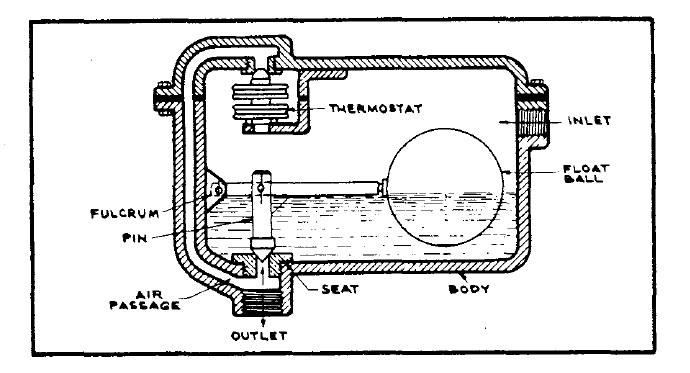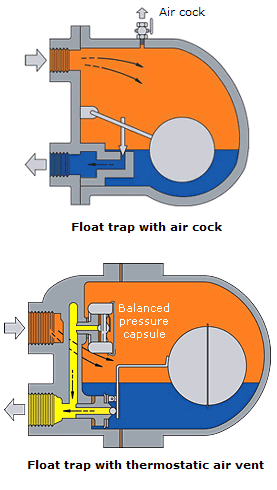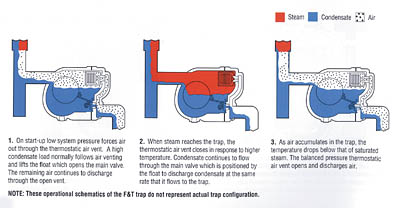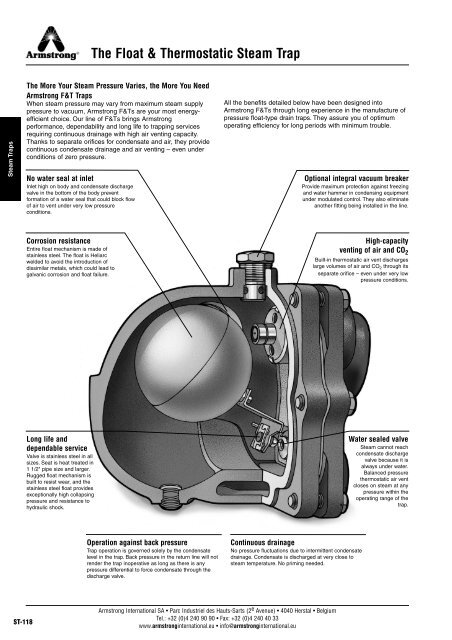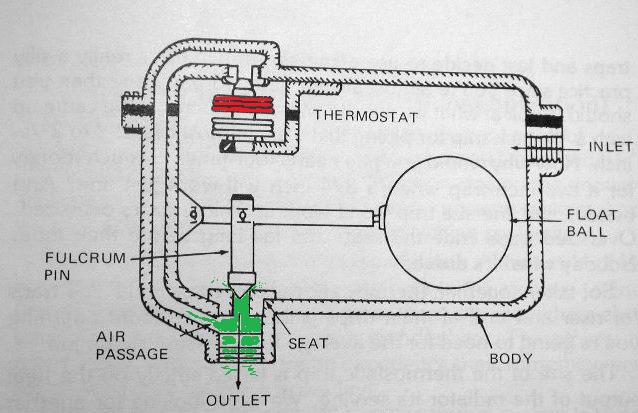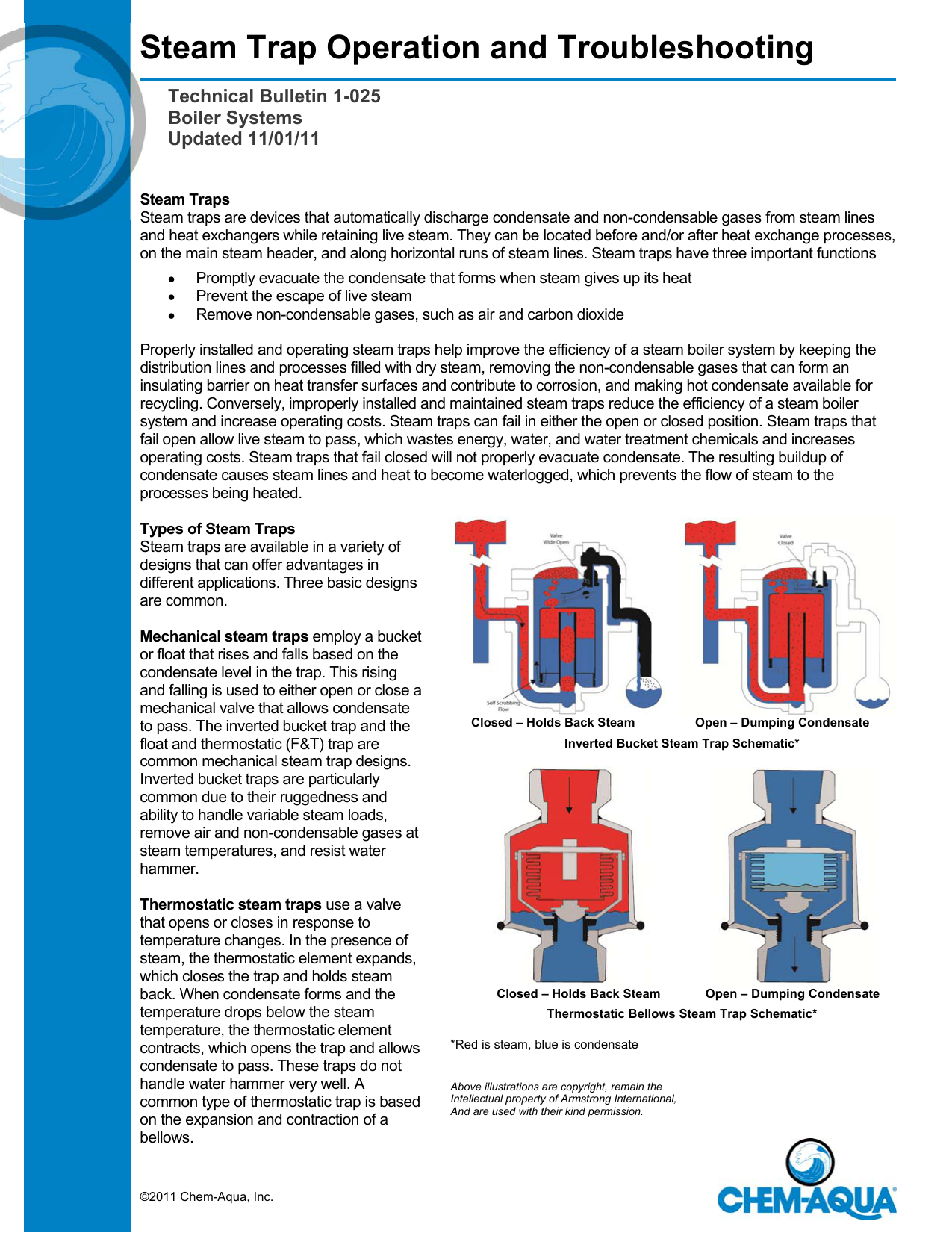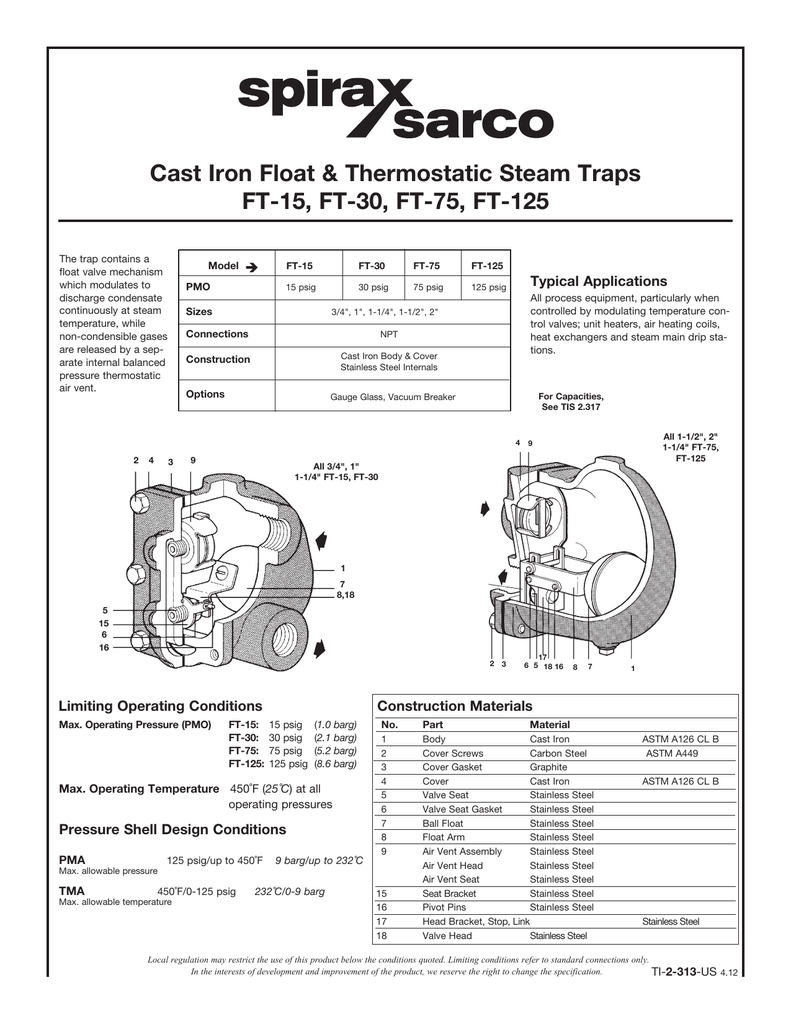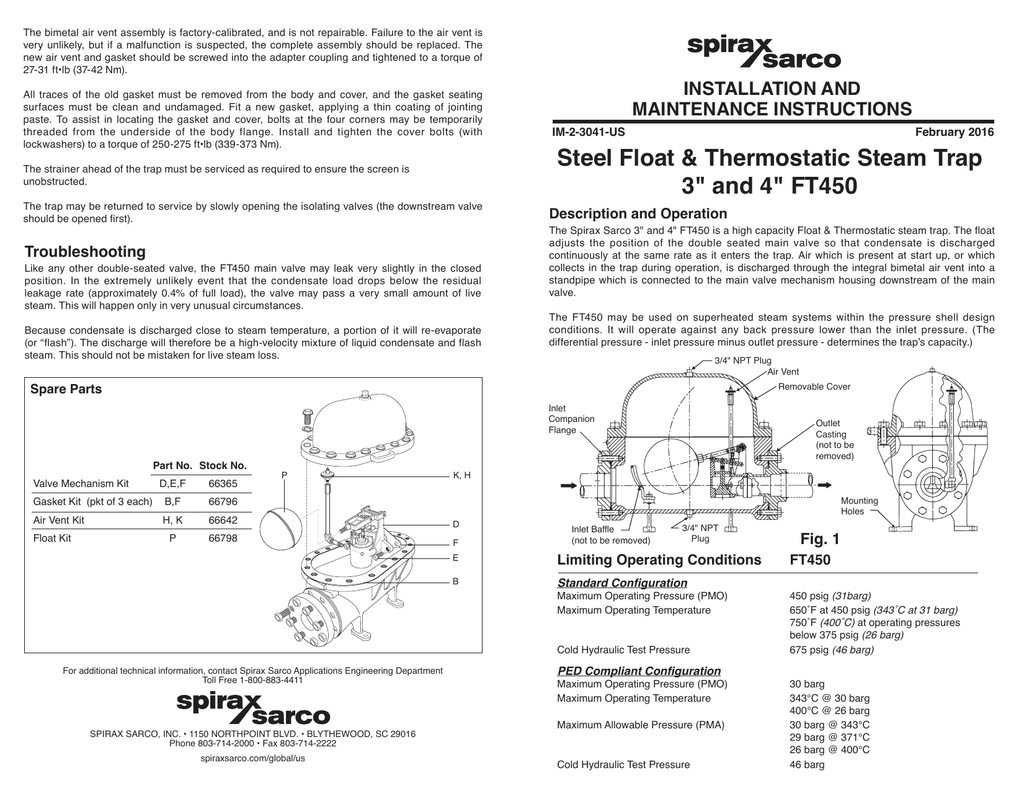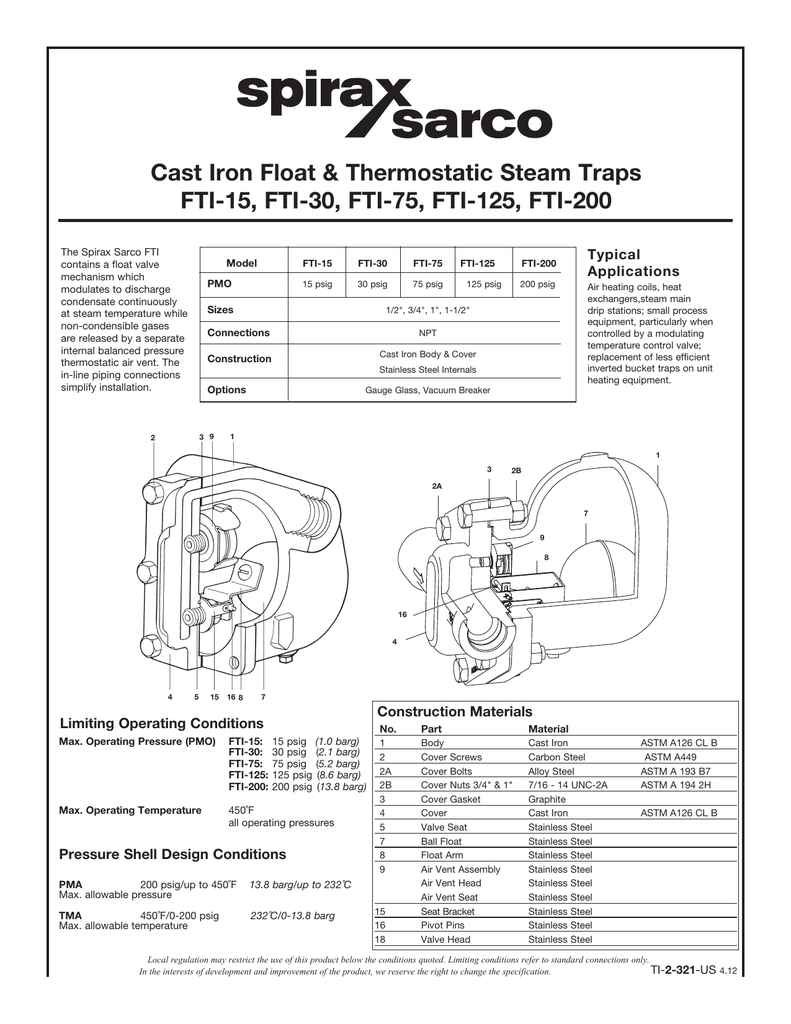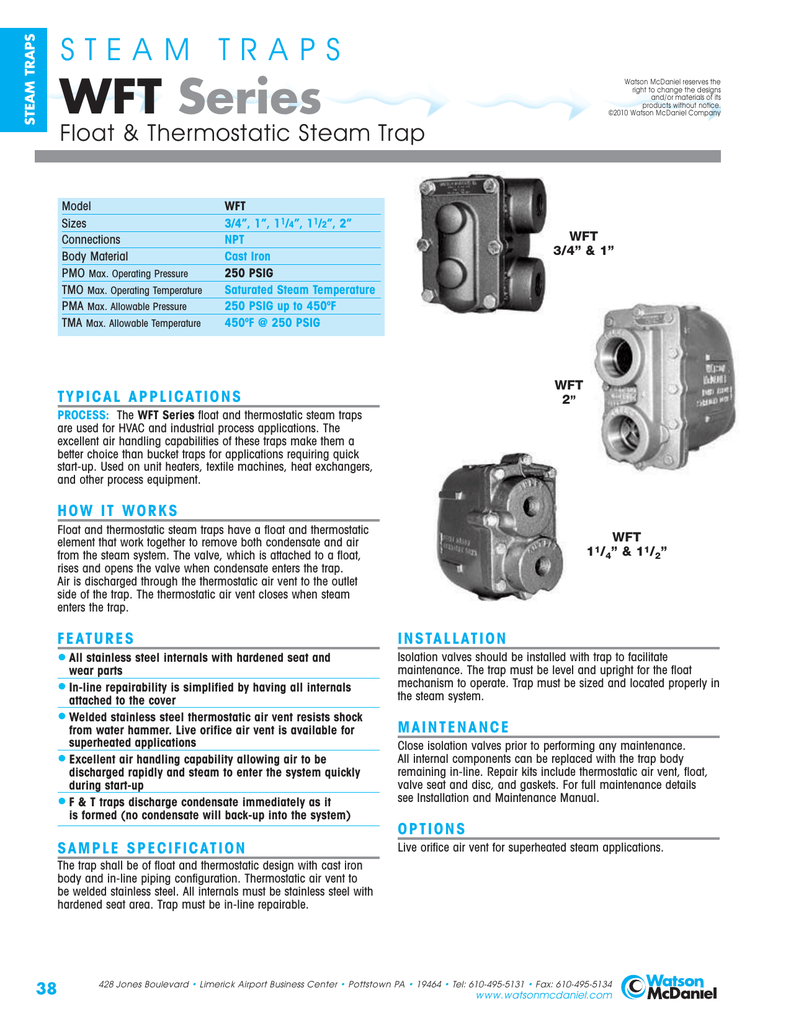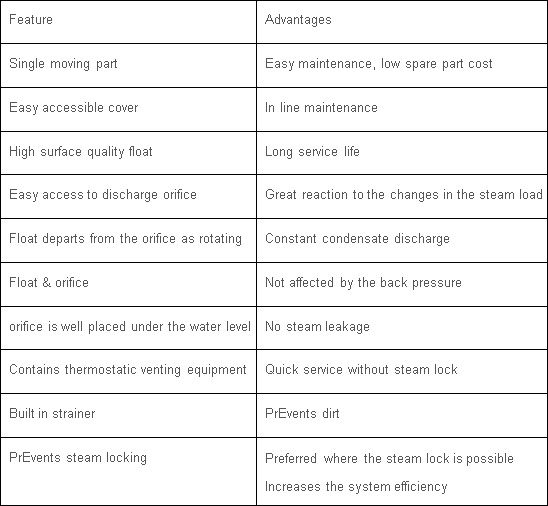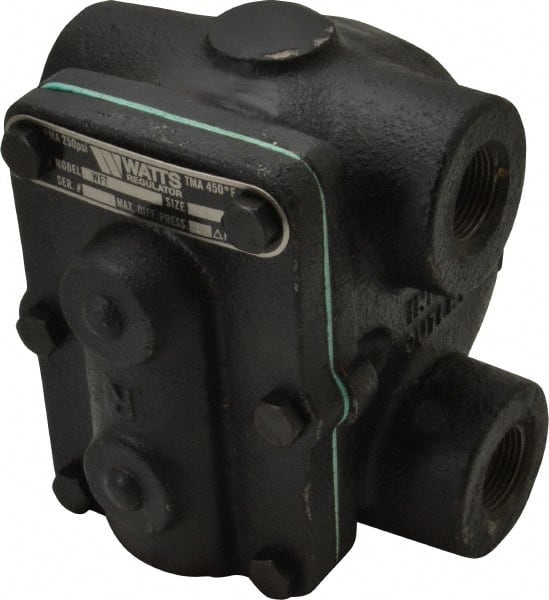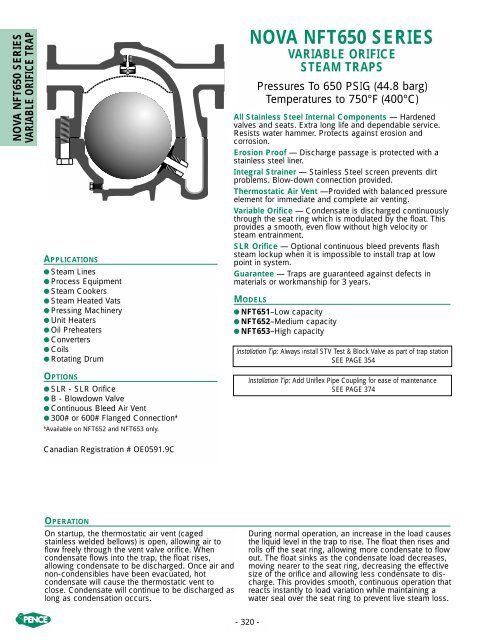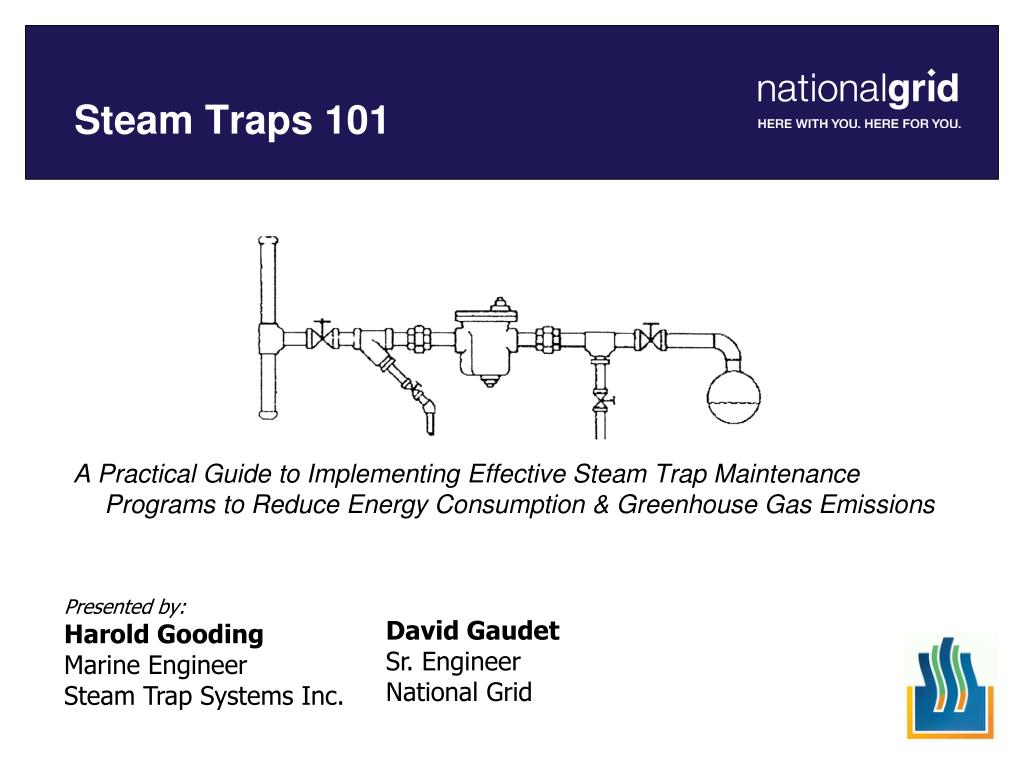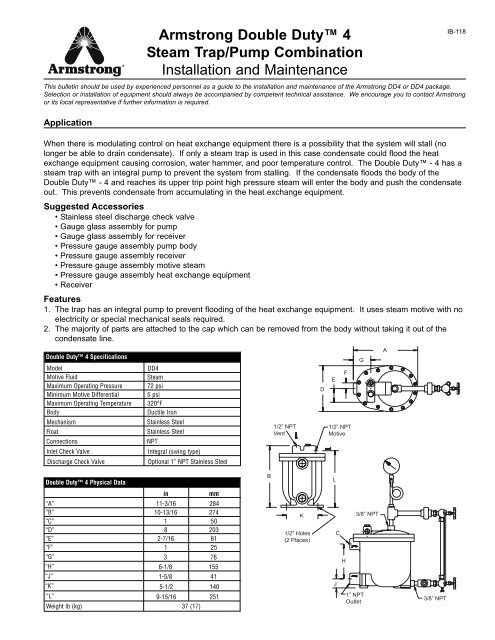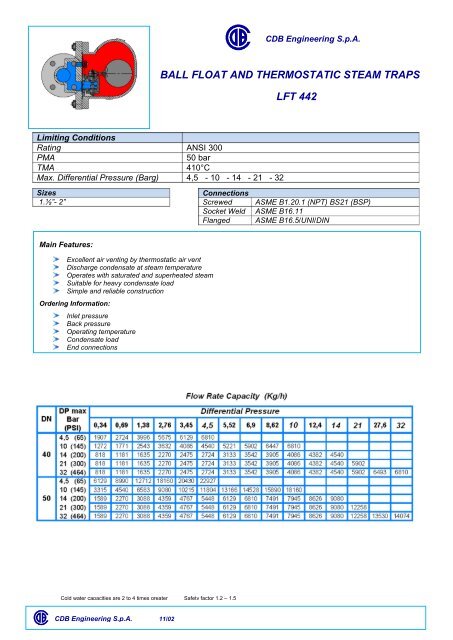Float And Thermostatic Steam Trap Troubleshooting
By quality float works may 3.
Float and thermostatic steam trap troubleshooting. This trap opens a valve based on. A condensation drain failed due to improper condensate suction. Steam trap failure is caused by improper removal of the condensate. This article is written from a user s point of view.
It is the inlet pressure to the trap minus the pressure differential across the trap. Float and thermostatic traps are mechanical units that operate on both density and temperature principles. The main purpose of a steam trap is to discharge condensate without releasing steam. Ft16 ball float steam trap.
The float valve operates on the density principle. Steam trap troubleshooting is a necessary step in diagnosing problems that will arise at some point in the life cycle of your steam system. Float and thermostatic steam traps ft ftb fti ok fts150 fts300. Once failure is confirmed the trap should be either repaired or replaced as soon as possible to capture the maximum gain on investment.
It is pressure that lifts condensate. For an accurate diagnosis of trap condition obtaining help from an experienced professional that uses specialized equipment is key. Therefore it s important to schedule routine testing of your steam traps. Testing steam traps is an important part of managing your steam trap population.
There are times when users of steam traps must help themselves. Ft 1550 ball float steam trap. Once condensate reaches a certain level in the trap the float rises opening the orifice and draining condensate. Steam traps whether inverted bucket style or float and thermostatic do not lift condensate.
But remember the pressure available to lift is the same for all traps. Therefore it is important to plan the programmed test for steam traps. Float operated liquid drain traps types fa fai fab ca. Troubleshooting a steam trap is a necessary step in diagnosing problems that will occur at any point in the life cycle of the steam system.
A level connects the ball float to the valve and seat. There are four main types of steam traps that accomplish this in different ways.

